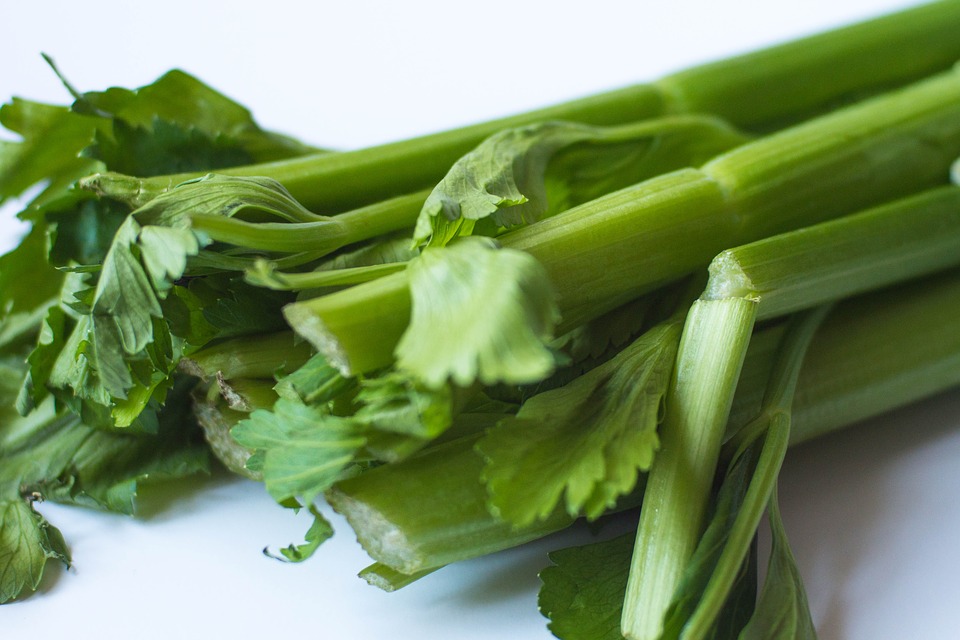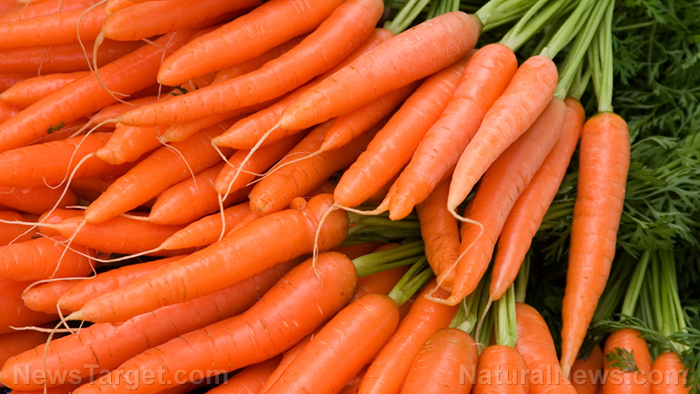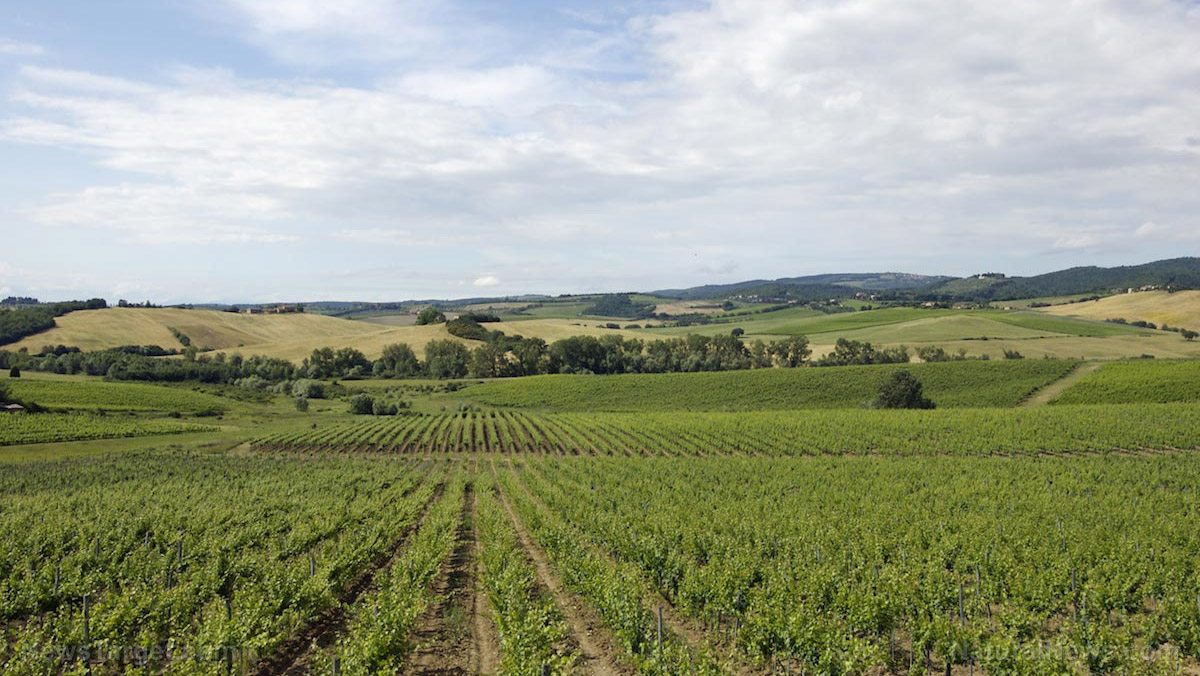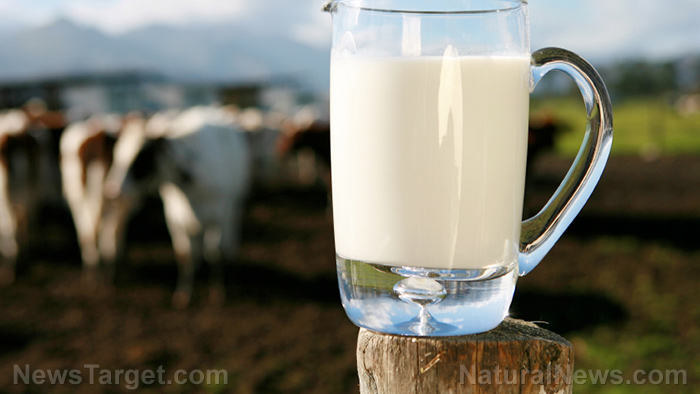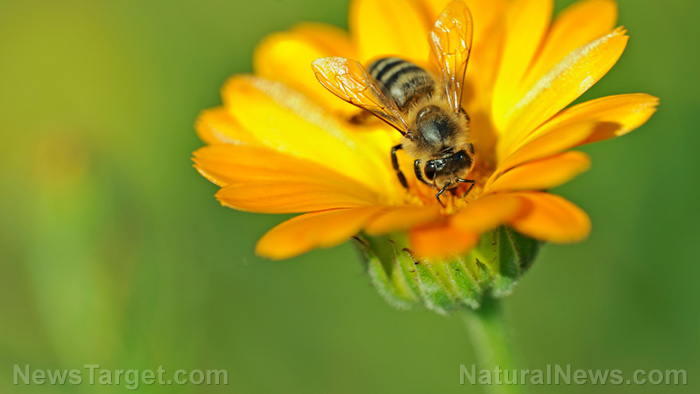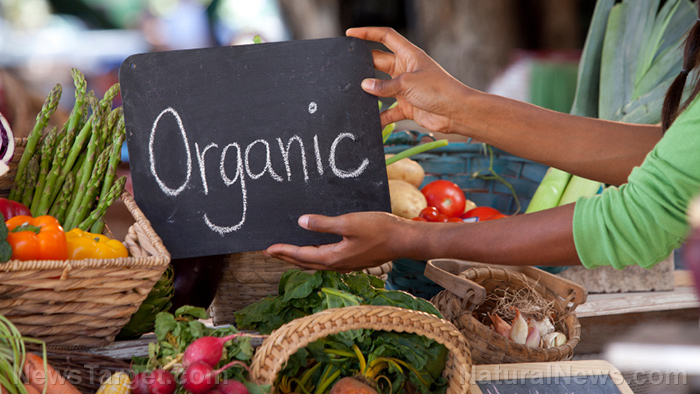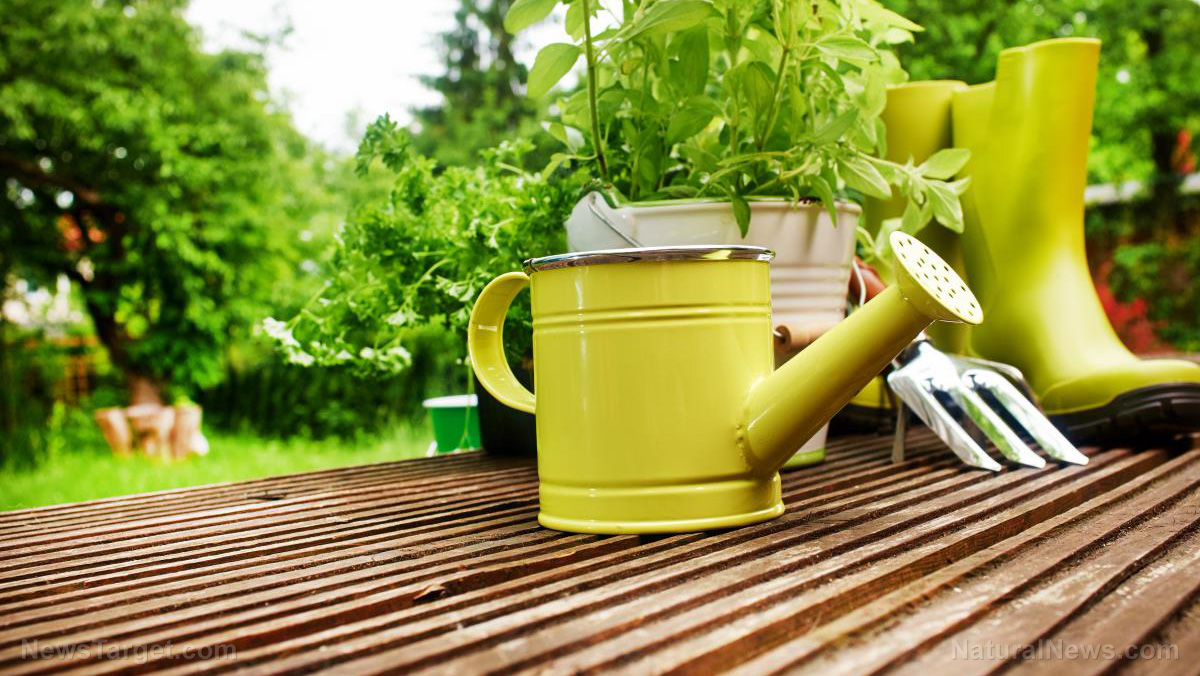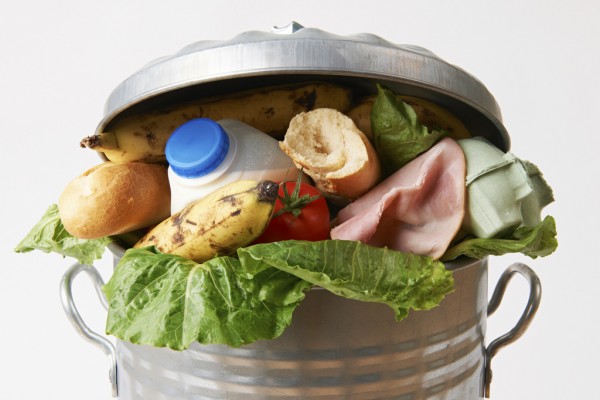03/31/2017 / By Russel Davis
Not many people know that today’s commercially produced celery is laden with chemicals, with some samples carrying residues of more than 60 pesticides. This is worrisome, considering that data from the Agricultural Marketing Resource Center showed that U.S. consumers had a mean annual consumption of six pounds of fresh celery per person in 2012 alone.
Celery is notoriously difficult to grow. However, this article will walk you through the steps in cultivating pesticide-free, organic celery. Here are a few important tips in growing the herb:
1. Celery thrives best in areas with cool temperatures, fertile soil, and constant moisture. The plant has a long growing season, so choosing the right time and area is essential for cultivation. People living in regions with cool springs and summer may plant the herb in early spring, while those residing in areas with warm spring and summer may commence with celery transplants during late summer.
2. It is best to start the seeds indoors at around 70 to 90 days before the last expected frost date. Once the seedlings produce five to six leaves, it is ready to be transplanted into the garden. It is advisable to place the transplants in a partially-shaded area. Celery cultivates best in well-drained soil with plenty of organic matter. Adding compost and mulch may boost the soil’s nutrient content. Transplant seedlings at about 10 to 12 inches apart in rows three to four inches deep.
3. Celery requires heavy hydration. Make sure to water the plant constantly to prevent the loss of soil moisture, especially during hot, dry climate. Mulch the soil to discourage weed growth. Compost or barley straw are both effective in retaining soil moisture and keeping weeds in check. The plant will be ready for harvest when the stalks are about eight inches tall. Celery can also be regrown from the base. Simply replant the base and wait for an entirely new plant to regrow. (RELATED: Read more news about growing your own veggies at Veggie.news.)
How to pest-proof your celery the natural way
Celery is one of the most consumed vegetables in the market, and we want to keep it all as organic as possible. Deter pests with these natural methods:
- Mulching – Snails and slugs are especially fond of celery leaves. Use rough bark mulch or any similar material to deter these slimy pests. Use table salt to remove slugs from celery patch.
- Companion planting – Certain plants help discourage pests from attacking celery. Planting onions and leeks with celery helps deter a vast number of pests including aphids, weevils, rust flies and some nematodes. Tomatoes are also known to repel certain bugs. Flowers such as cosmos, daisies and snapdragons also do the same.
- Natural predators – Introducing natural insect predators may reduce you reliance on pesticides. Lady bugs are natural predators to aphids, while parasitic wasps help keep leaf miner larvae in check.
- Other methods – The use of overhead irrigation, floating row covers and organic pesticides such as insecticidal soap and Azadirachtin sprays may also be helpful in deterring pests.
Natural ways to fend off plant diseases
Various environmental factors render celery susceptible to various plant diseases. Here are a few pointers to counter these diseases the natural way:
- Black heart – Black heart disease is nearly impossible to detect until late in the season. This is caused by calcium deficiency. Adding compost, bone meal, blood meal, lime, or composted manure during mid-season may help counter this disease.
- Pink rot – Pink rot is a fungal disease caused by excessive moisture. Refrain from over-watering the plant and maintain healthy levels of calcium and magnesium in the soil to prevent this.
- Fusarium yellows – This disease results in stunted growth and rotting from the inside out. It is usually caused by leaf hoppers. Discourage leaf hoppers by using row covers. Planting grass may also help deter the insect. Pull out dandelion weeds near the plants, as these weeds are a known favorite hang out among leaf hoppers.
Sources:
AGMRC.org
Almanac.com
OnTheGreenFarms.com
MotherEarthNews.com
GrowingAnything.com

